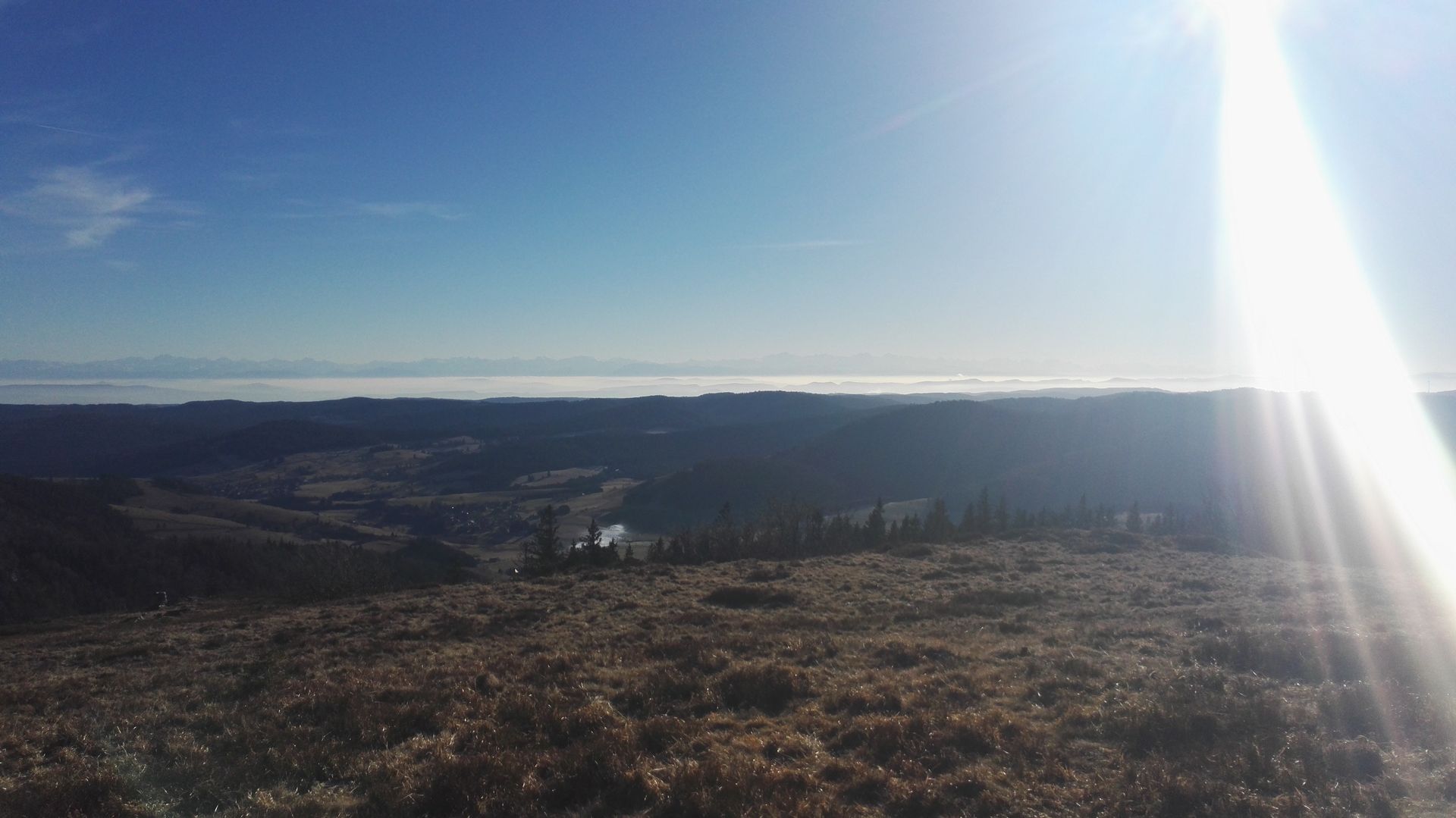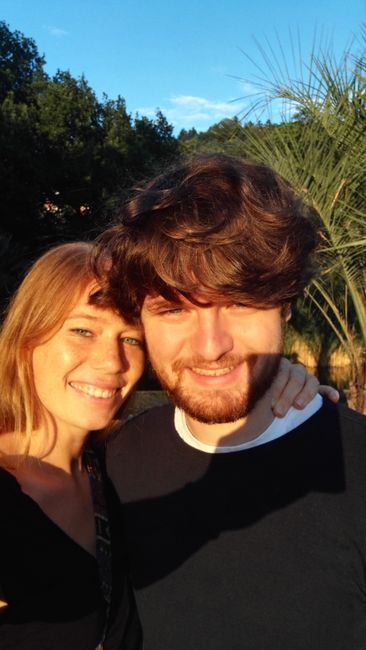Pachu Micchu or not
ተሓቲሙ: 16.03.2019
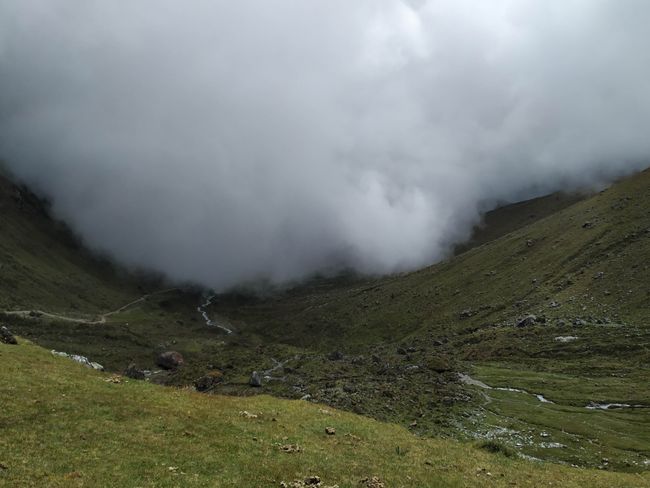
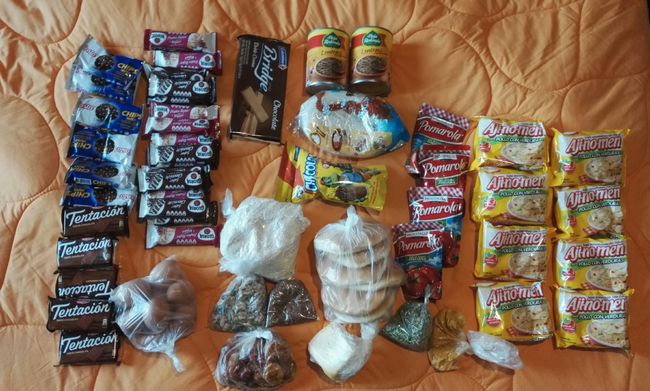
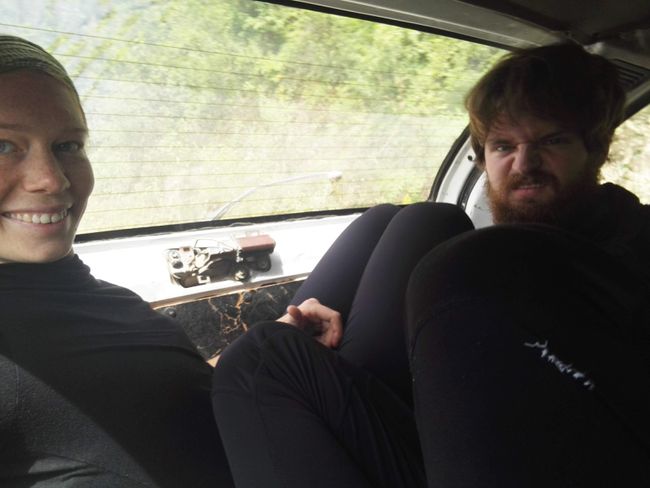
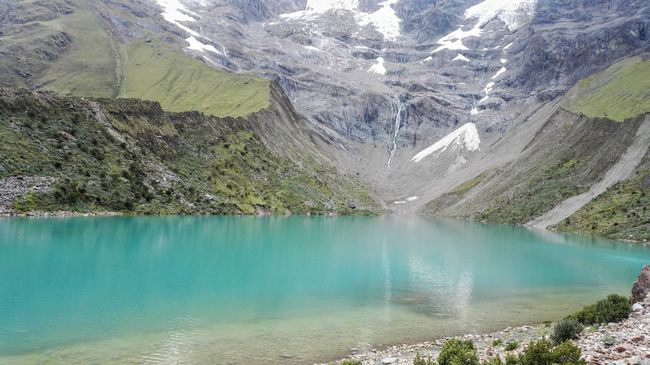
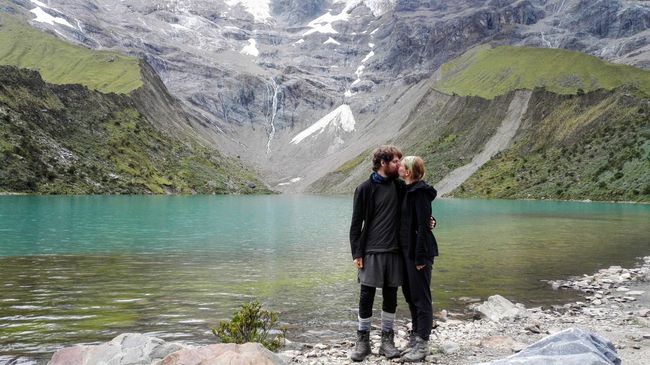
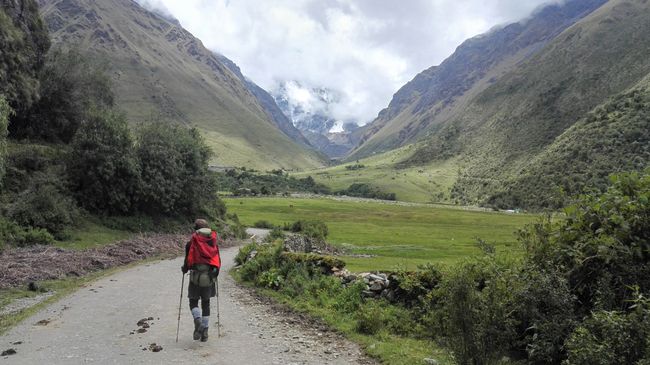
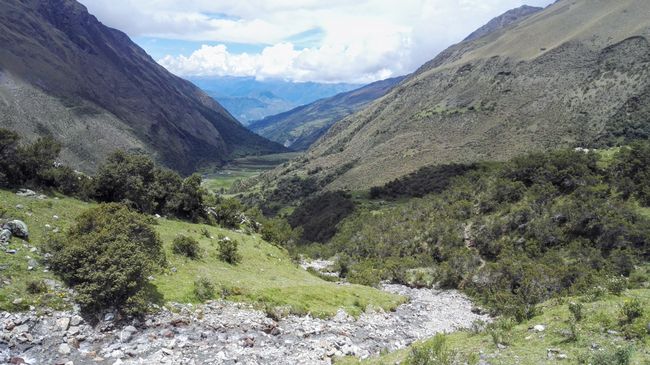
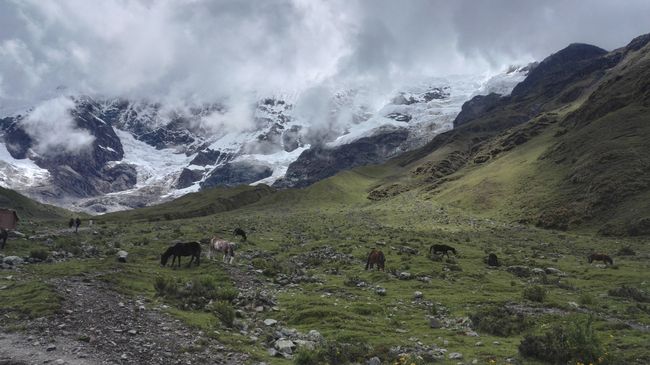
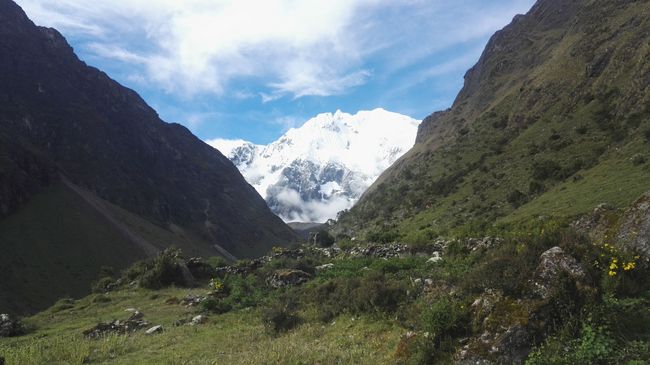
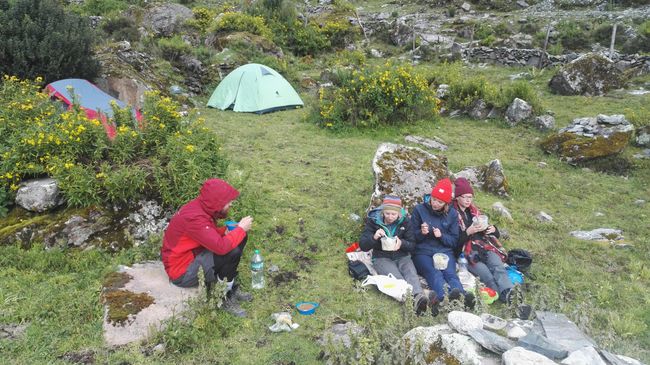
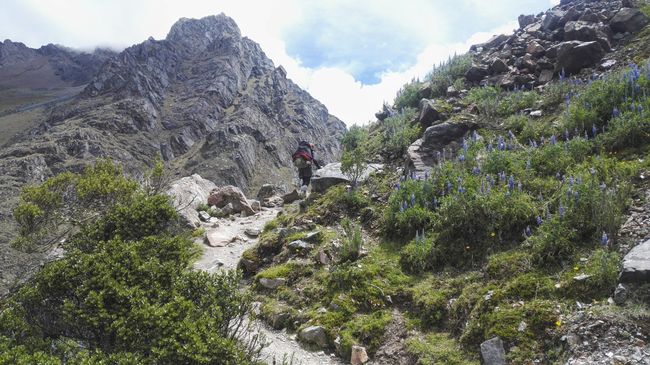
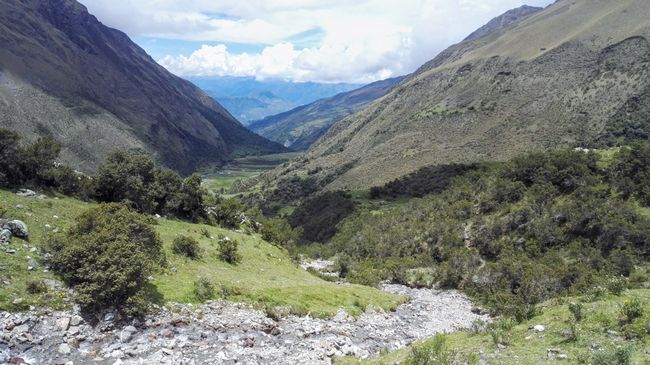
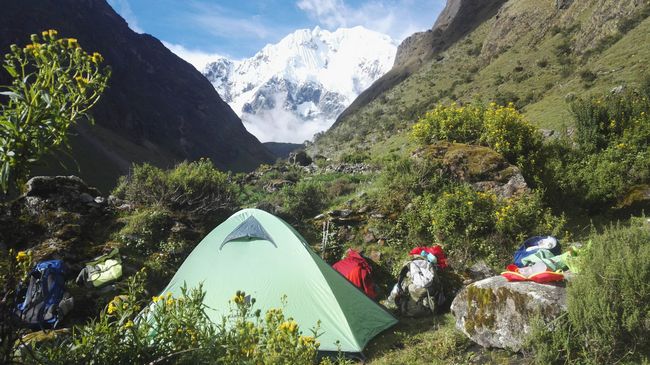
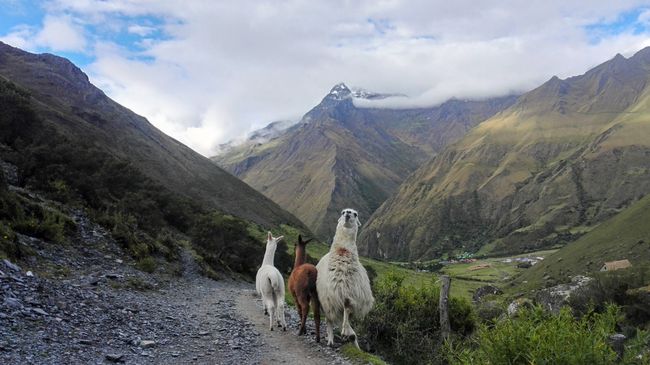
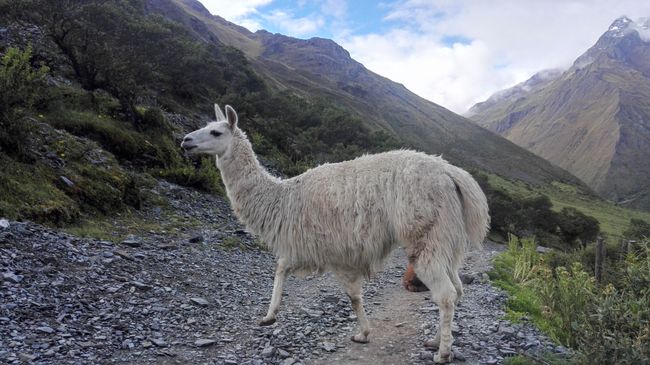
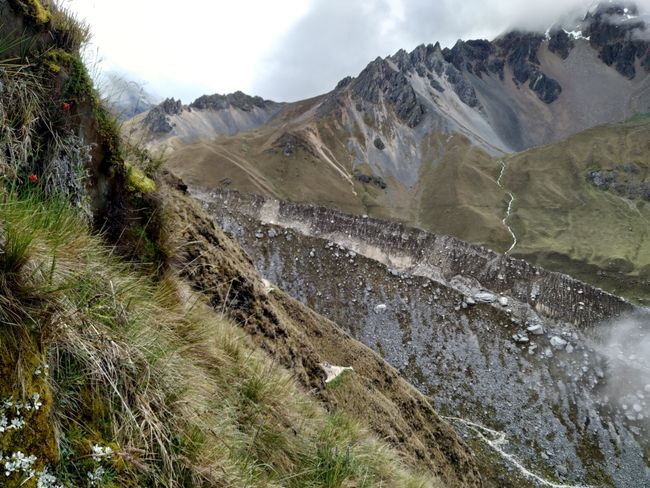
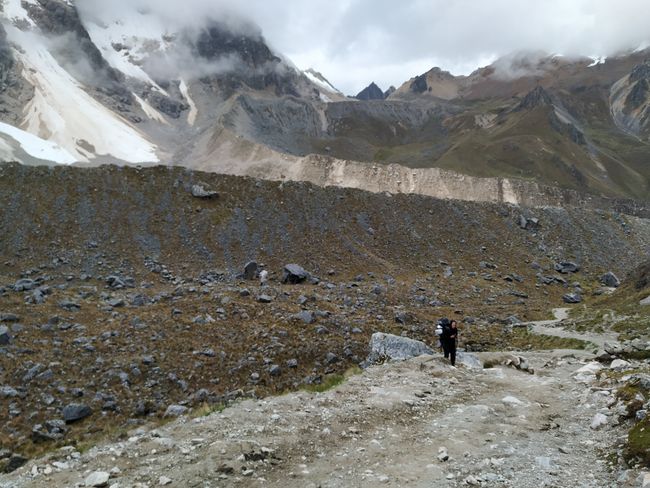
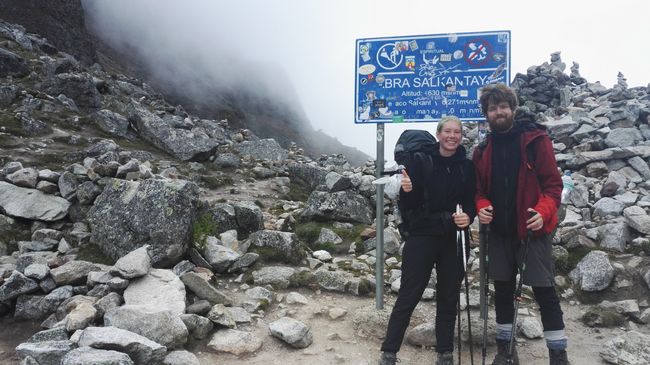
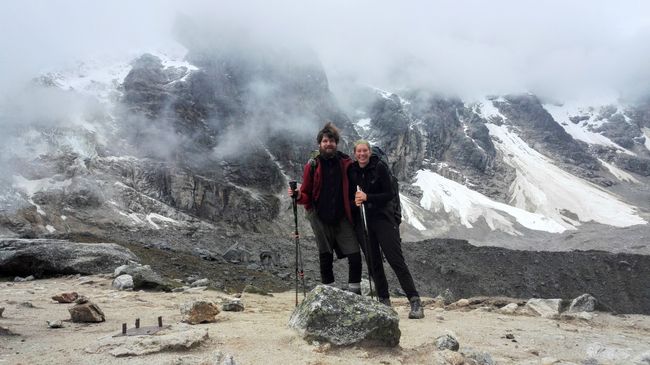

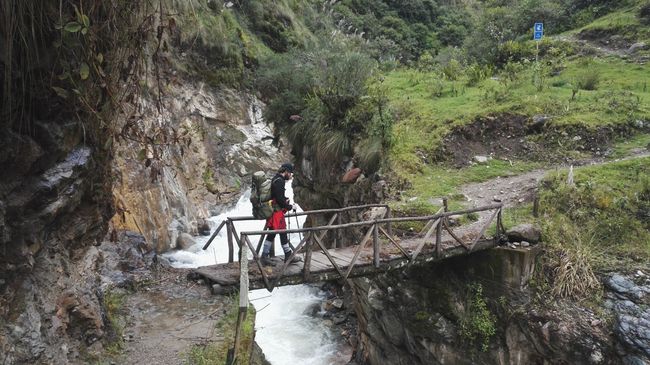
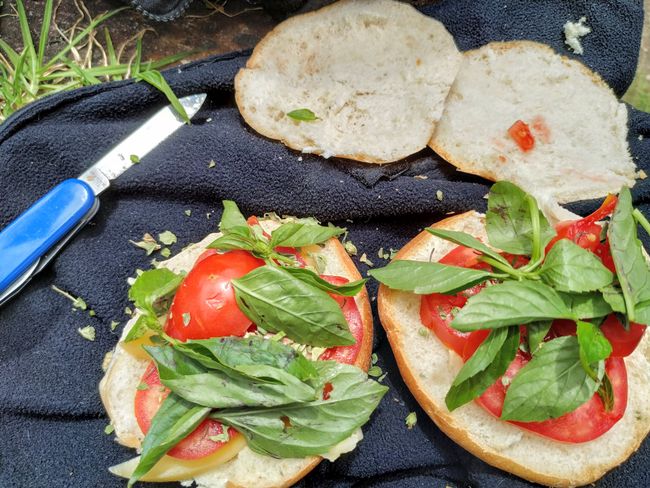
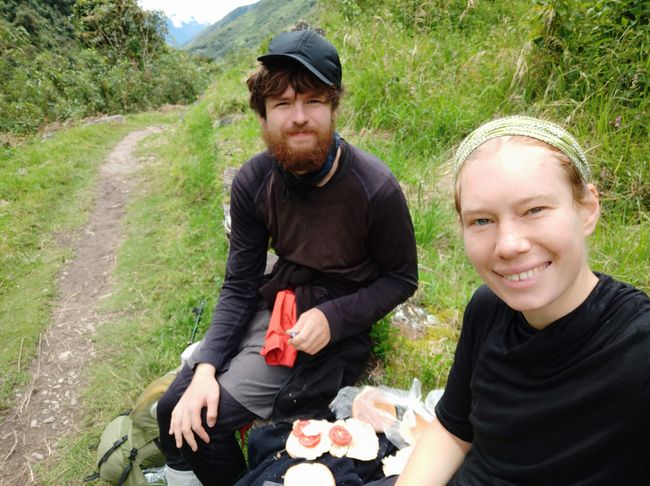
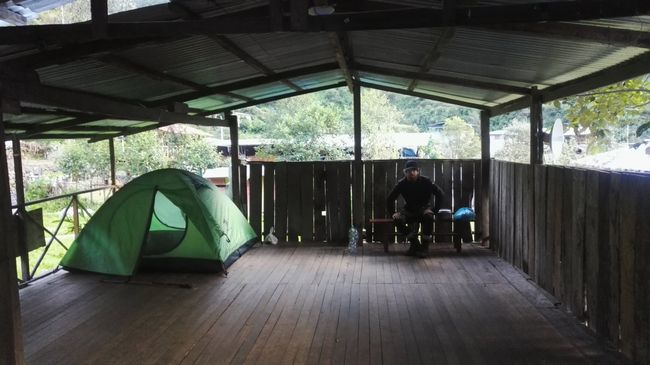
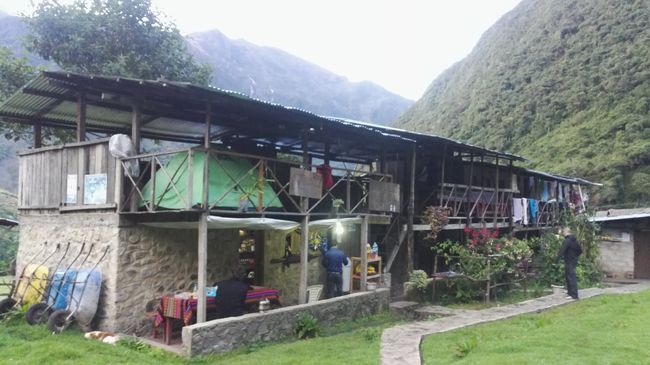
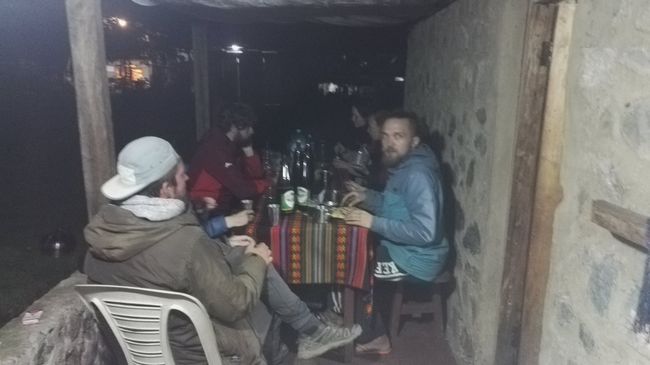
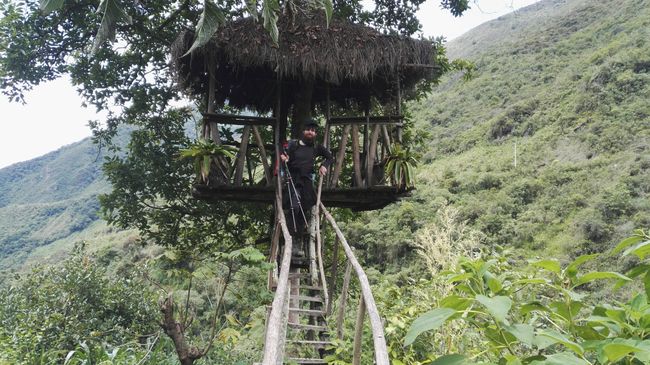
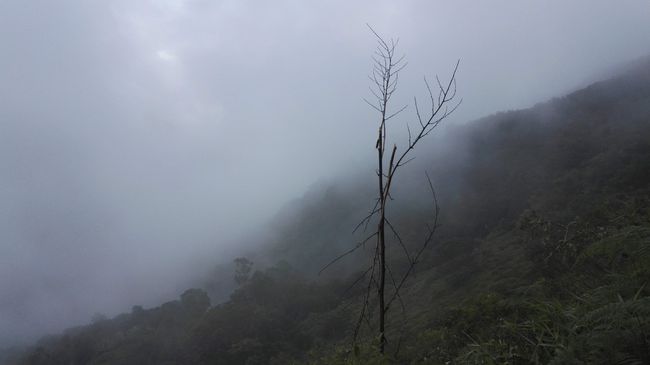
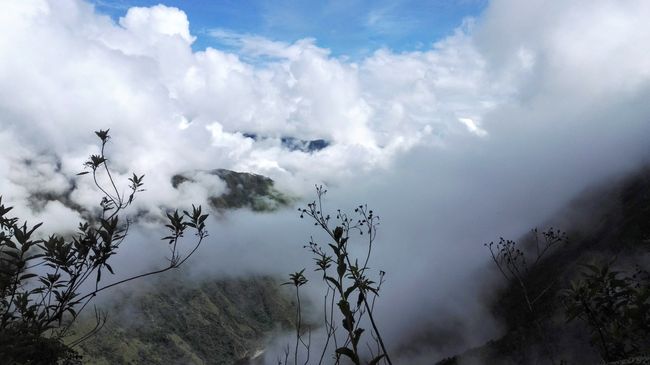
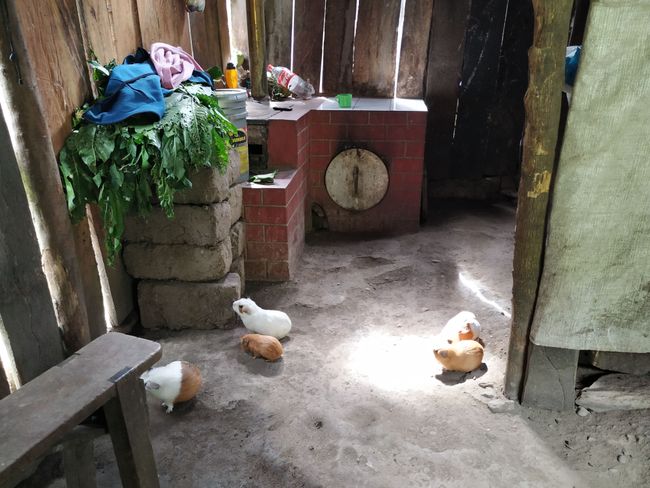
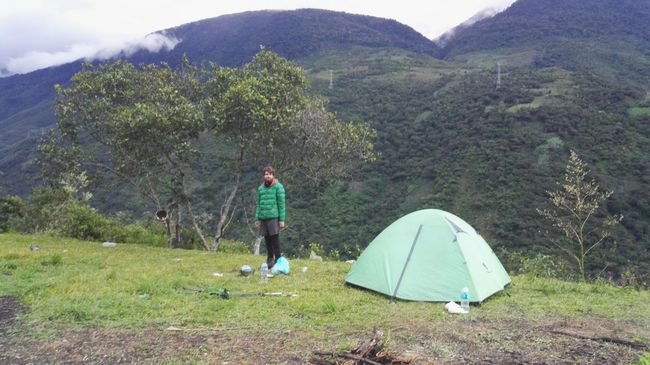
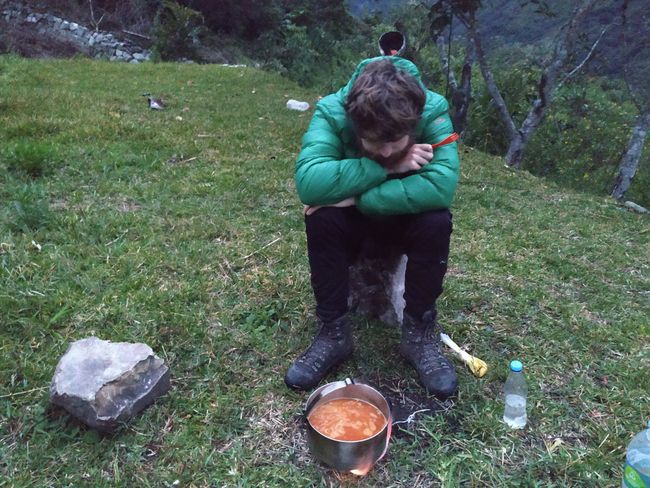
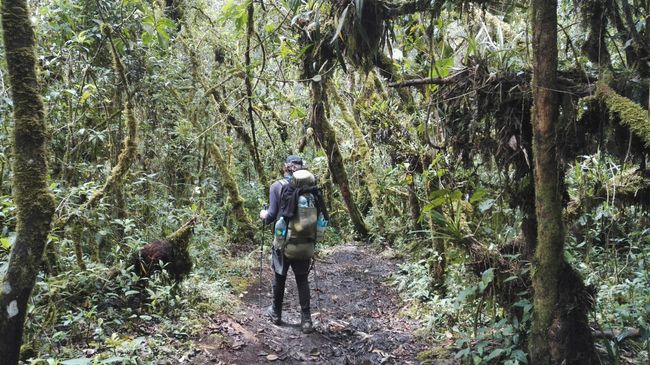
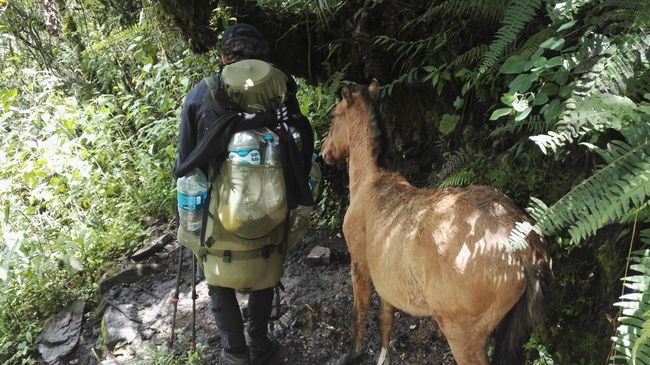
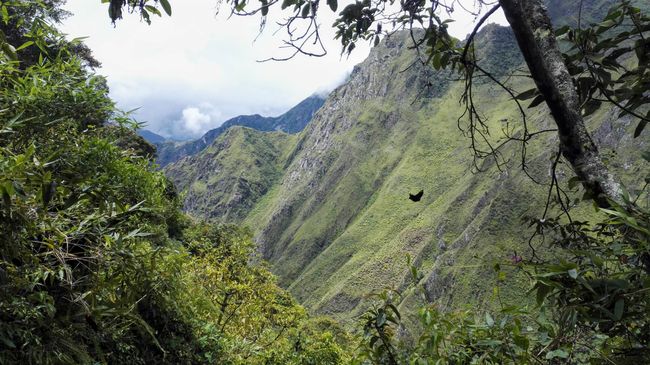
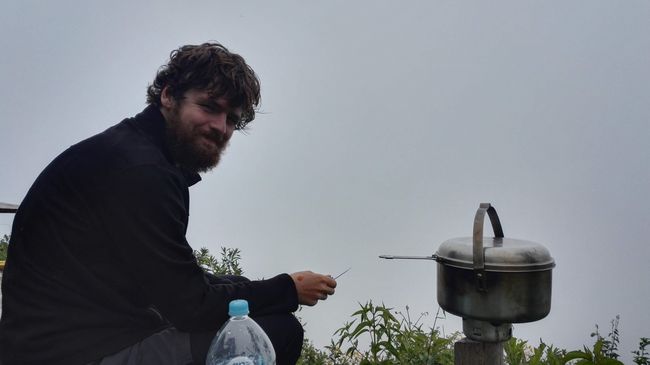
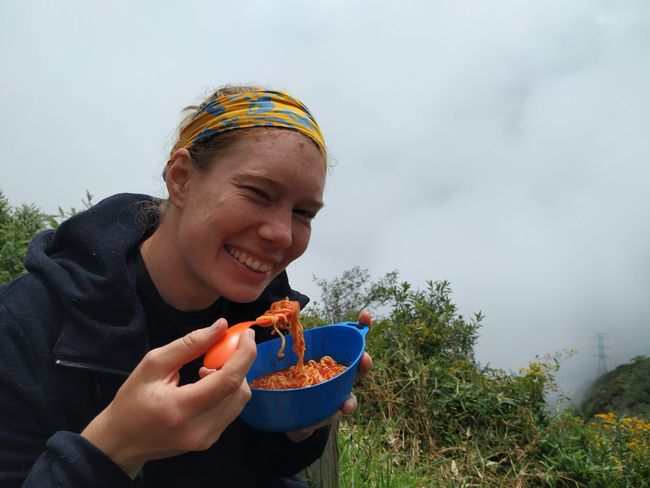
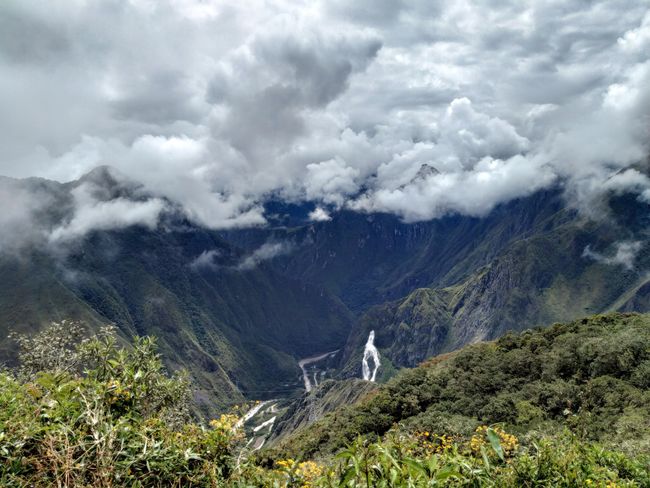
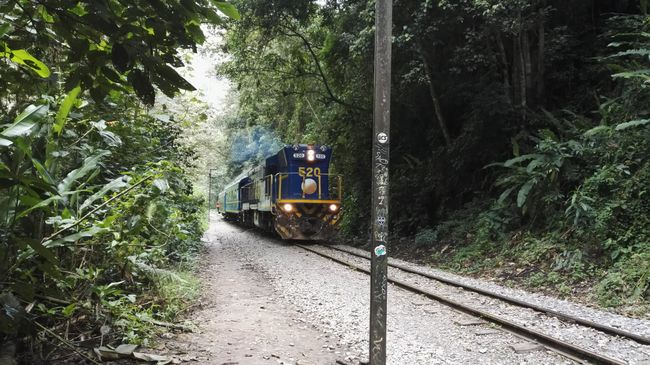
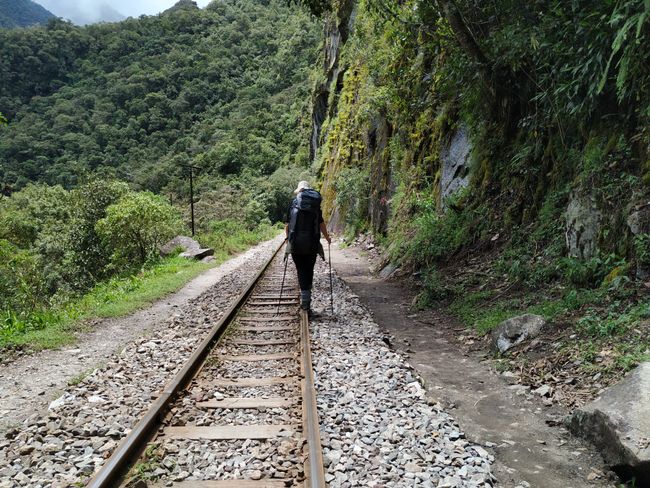
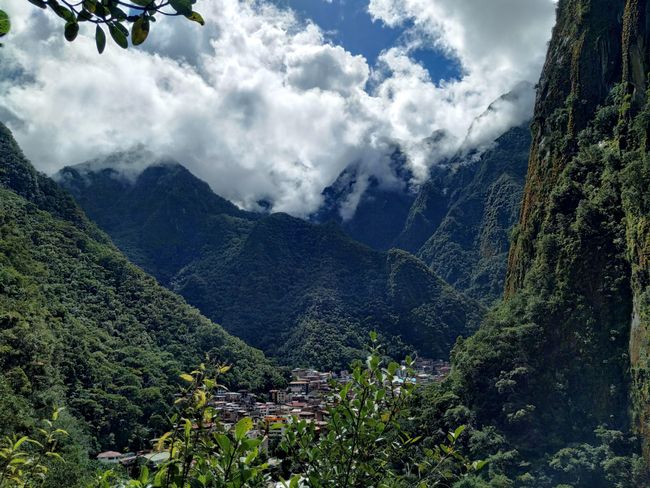
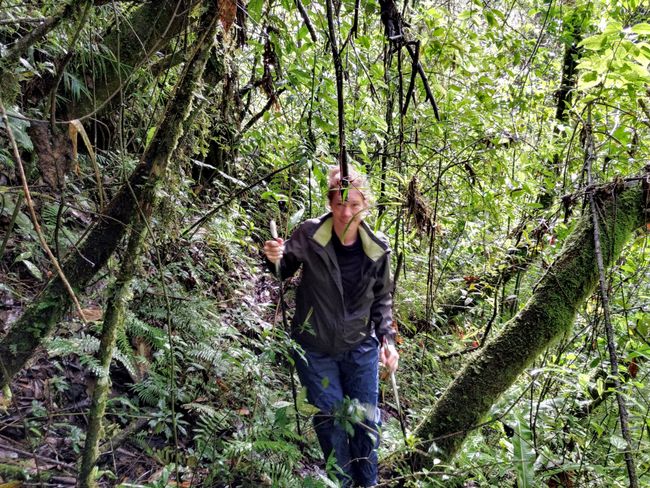
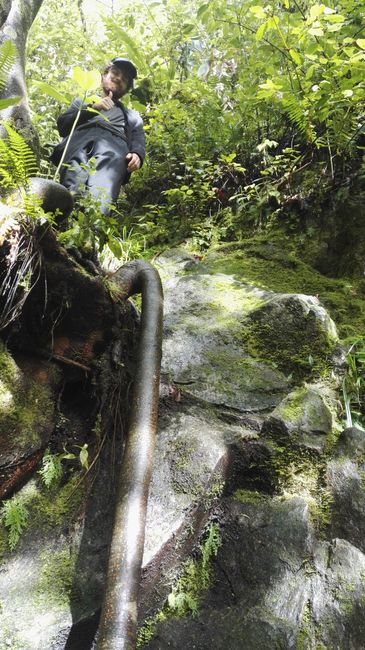
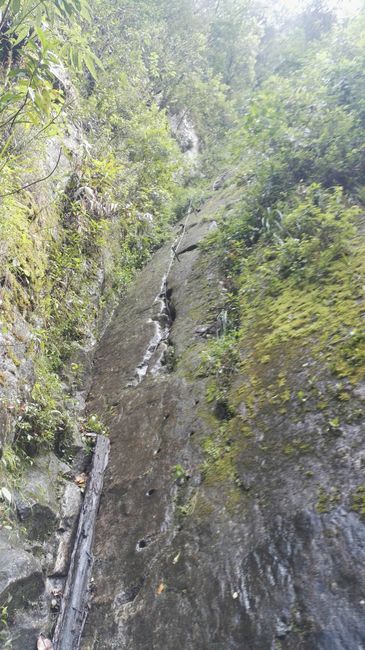
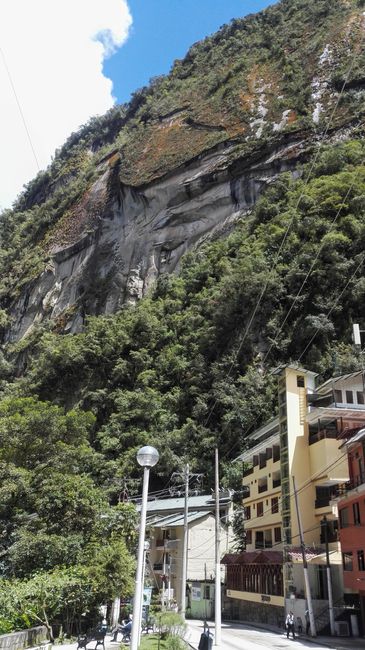
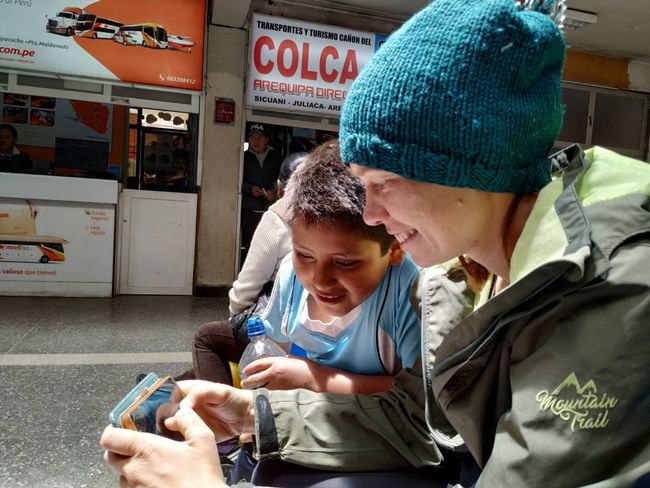
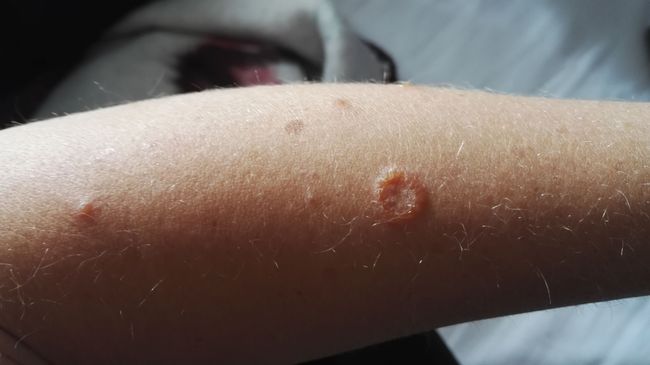
ንዜና ሳብስክራይብ ግበሩ
For a few days, we are drawn back to the Andes and we start on the Salkantay Trail, which is supposed to lead us from a small village near Cusco to Machu Picchu in a few days.
Collectivos are available at the point -13.515,-71.987 on Avenida Apurimac street in Cusco to Mollapata for the Gringo price of 15 Soles, locals pay 12 Soles, which is supposed to lead to an uncomfortable situation. From there, the Salkantay Trek starts, but we decide to continue a bit further as we still want to walk to a lagoon. In the bus, we meet a French woman who also wants to walk the trail. When getting off, the bus driver demands the aforementioned 3 Soles more, and we get angry because the entrance to the park already cost 20 Soles for tourists. The French woman accompanies us for a while, and we try to hitchhike together. A car passes by that is already full. They want 15 Soles per person for a 1-hour drive, which Jakob finds too much since we would only sit in the trunk. Then nearby hotel staff also get involved, saying that wouldn't be much money for us. Miriam really wants to ride with them, and the French woman gets in as well. Jakob is angry. During the ride, the driver flirts with the French woman instead of looking at the road. When we get off, the driver first indicates that he doesn't have any change, but when he notices Jakob's facial expression, he suddenly has it. The French woman doesn't pay anything, even though she was the only one who agreed to the price. Instead, she has to endure questions about her phone number, which visibly embarrasses her. We will only see her one more time.
We immediately climb steeply up to the lagoon. Everyone has left their backpacks down below for a few Soles, but we want to camp up top and carry everything with us. Miriam can barely make progress, so Jakob carries the 6 liters of water. When we reach the top, we enjoy the lagoon, which shimmers with its crystal-clear blue water. We have a snack with a view, eating our bread with cheese and eggs.
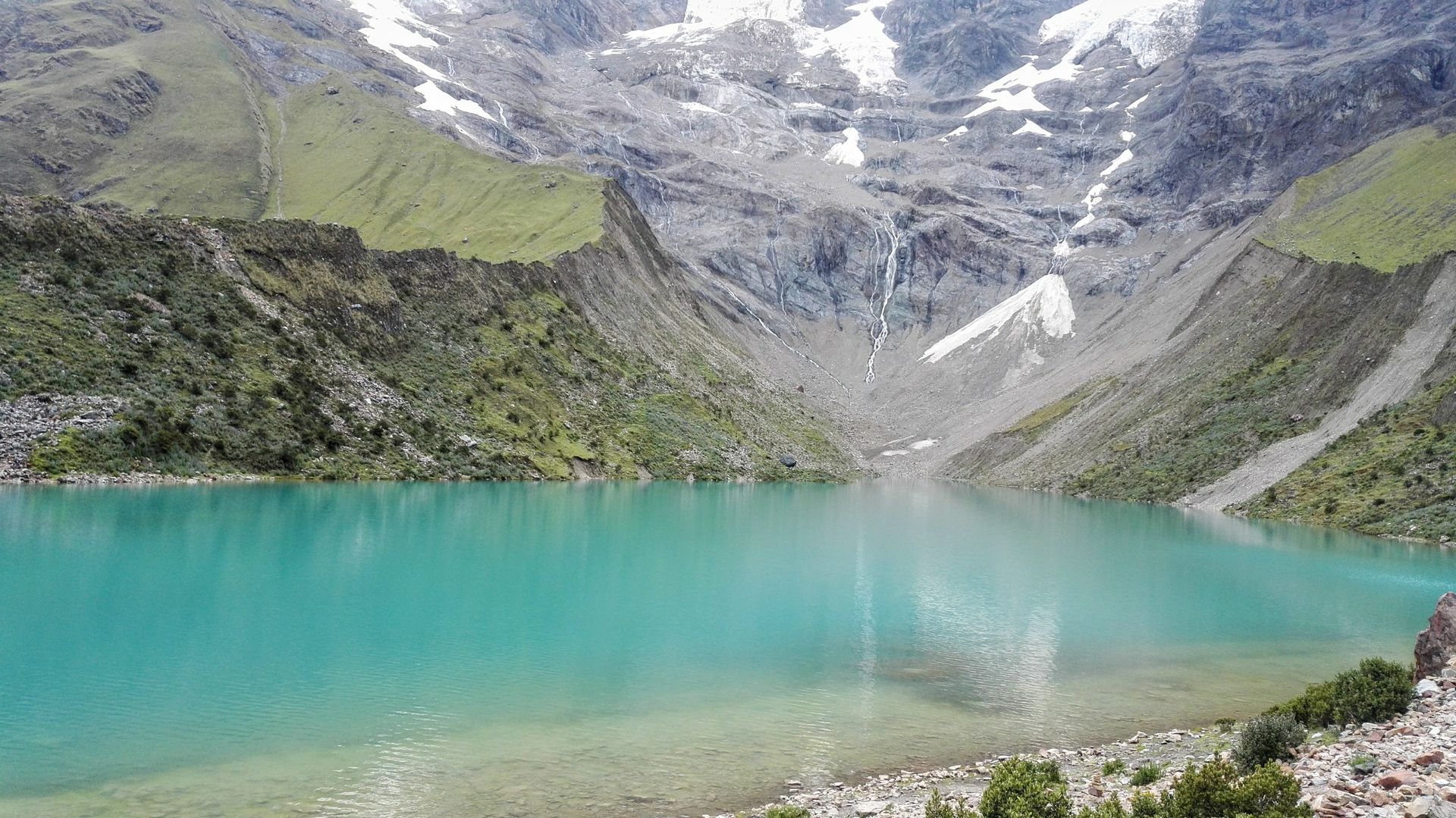
We are annoyed by the guards who meticulously watch that no one climbs up the hill, etc. They also don't allow us to camp up top. We meet three Dutch girls - Lotte, Inge, and Rosana - who are also doing the trek and join them on the way back. After a few kilometers, we find a nice wind-protected spot behind a wall to set up camp with a view of the white glacier. We pitch our tents together with the three girls.

Together, we sit in the grass, enjoying the last rays of sun and consuming our brought food. We get along well and laugh a lot. Rosana tells us that she has already had three German "housemads" in Holland. We are perplexed and wonder how she can afford to pay housemaids as a student. After a while, the situation clears up: she meant roommates, and we all laugh because we both thought that Germans are apparently good at cleaning. The three girls try out their tent for the first time, which is much smaller than ours. We grin, but the next morning, Rosana cries from exhaustion.
The next stage is the most difficult one. We hike over the pass at 4,600 meters, where we stand directly in front of the glacier and feel the icy cold wind on our faces. Then we descend through a green valley for several hours to 2,500 meters, where we see a rabbit mouse, which looks like a mix between a rabbit and a squirrel. Along the way, we meet several other hikers who are also self-organized. The last kilometers to the camping site where everyone wants to stay seem to drag on, but we actually reach it first, and it takes a while for the rest to arrive.
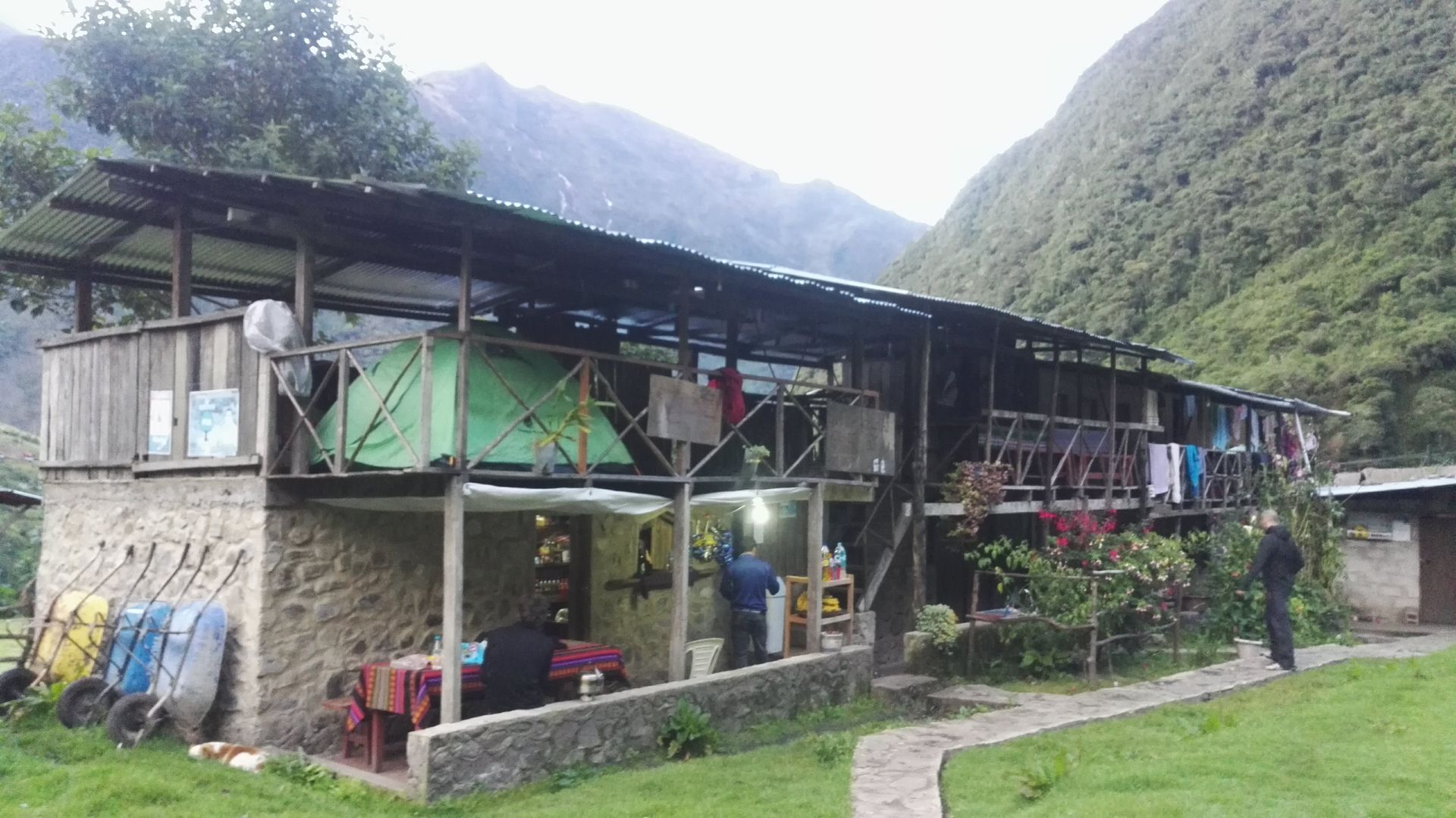
Together with a German and Belgian couple, two French people, and the three Dutch girls, we have a fun evening. Due to all the efforts, we don't care about the expensive price of beer, and we indulge in it. The next day, we go full steam ahead. The trail goes up and down, and we feel like Sonic the Hedgehog. Our goal is a camping site on the summit of a mountain, from which we should have a great view of Machu Picchu. In the evening, we meet an old woman who tells us that we have deviated from the path. Darn it. But she accompanies us for a bit through coffee plantations and organizes a camping site for us for the night. The old man, an acquaintance of the woman, leads us up the mountain to his meadow, and we start panting while he effortlessly walks ahead of us. It starts raining, and Miriam manages to set up the tent just in time while the old man shows Jakob the secret path where we will meet the trail again tomorrow morning. When the rain stops, we cook pasta with tomato sauce again, and just when we finish eating, it starts raining again and doesn't stop quickly. Our tent is really put to the test, but everything remains dry. The next day, we see Machu Picchu for the first time from afar when we have reached the summit of the mountain. At first, there is only a white wall of clouds in front of us, but as we cook pasta with tomato sauce, the clouds disperse, and we have a great view of the valley.
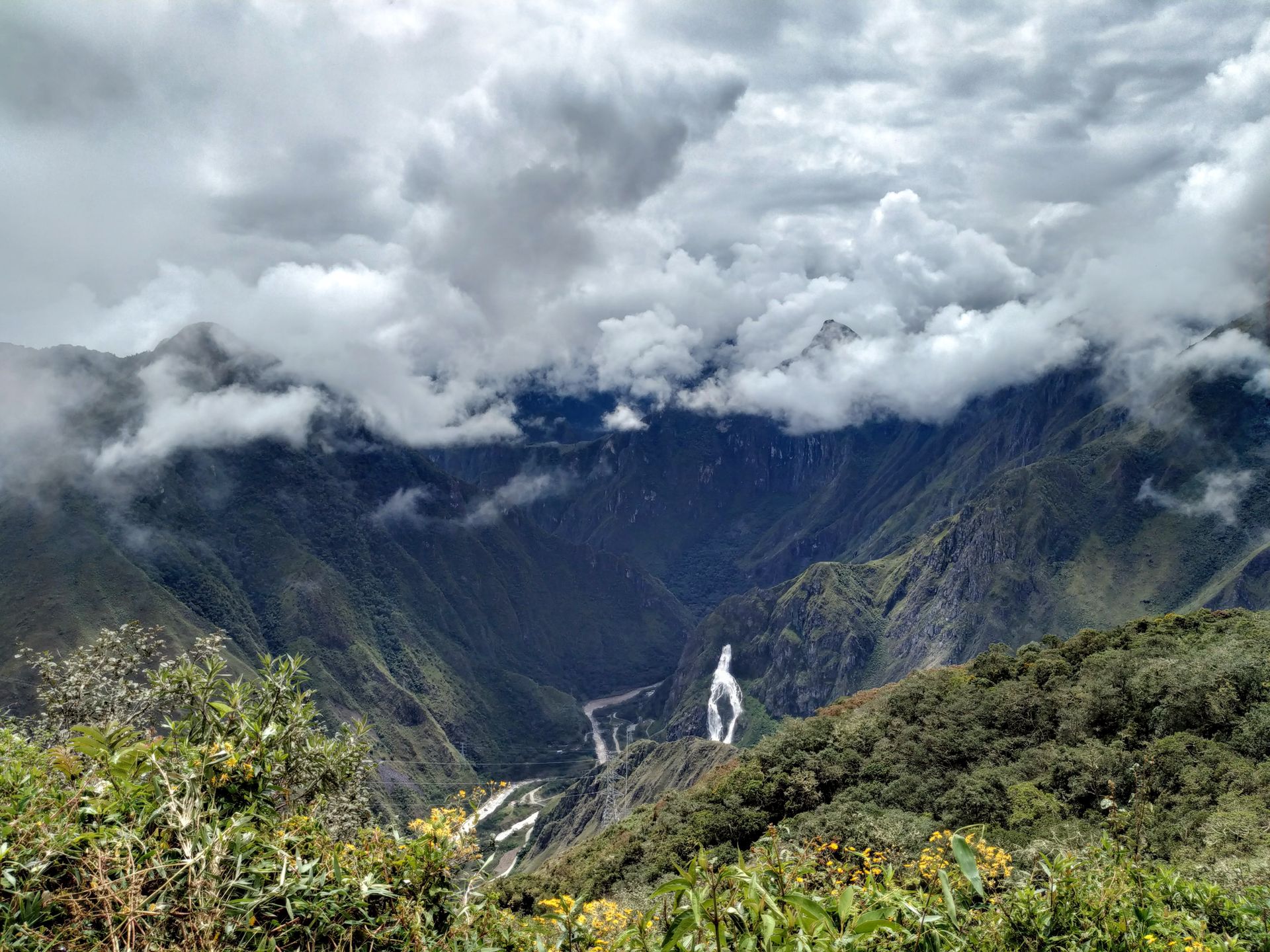
In pouring rain, we walk the last 10 kilometers in the valley along the train tracks (the train would have cost over 30 euros for the 10 kilometers, and there is no road!) to our destination: Machu Picchu Pueblo (village). The next day, we want to climb the neighboring mountain, Potokusi, which is free. The trail leads through the jungle for a bit before ascending steeply (a total of 600 meters in elevation). There are boulder sections that we have to overcome. Unfortunately, it is very wet and slippery due to the rain. At some point, Miriam is afraid that we won't make it back. So we weigh our options and have to turn back without seeing Machu Picchu. The entrance fee of about 50 euros per person for the other mountains is too high for us. In the village, we are told that three Argentinians had an accident on the mountain recently, and of course, climbing the mountain is prohibited, like so many things.
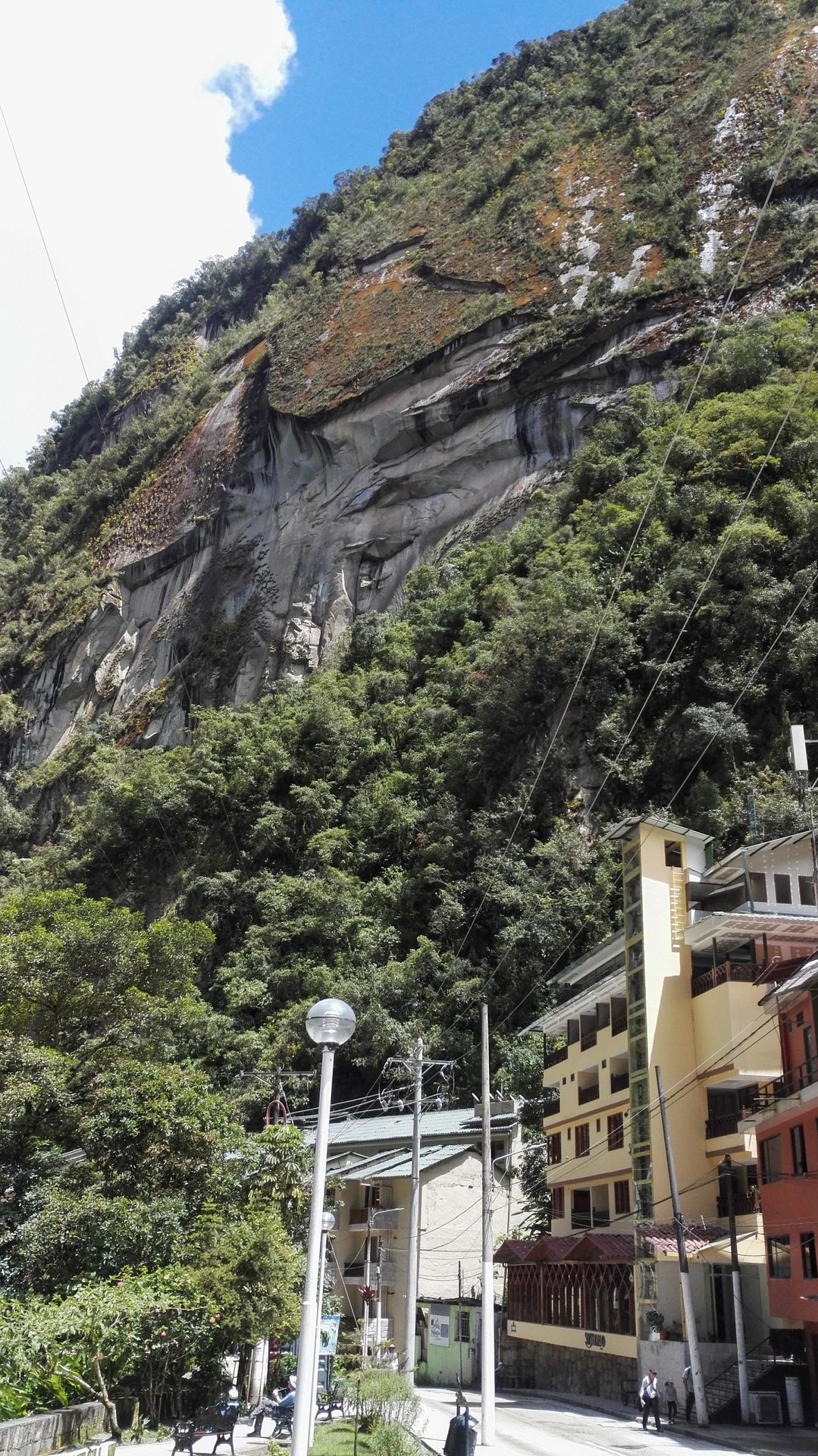
A bit disappointed, we set off on the return journey. 10 kilometers back to the last village, from where the bus goes back to Cusco. One last time, we meet the Dutch girls, who took one more day. They console us and might try to overcome the climbing sections as well. Maybe they will make it. Overall, the Salkantay Trek was a lot of fun, especially because we were really fit this time and could manage the 24 kilometers per day with elevation gain well. It's a shame that we didn't get to see Machu Picchu, but during travels, you can't always see everything, and we're not really drawn to such tourist hotspots anyway.
We arrive back in our Airbnb accommodation in Cusco late in the evening, exhausted. The next day, we just want to rest, but unfortunately, that's not possible. For two weeks, Miriam has had large, red patches on several parts of her body that rise like a volcano and are filled with water or pus. We google it and are afraid that it could be Leishmaniasis, so we decide to visit a hospital. First, we end up in a public hospital, but since we have international health insurance, they send us to a private hospital. There, the doctor can even speak English. They take swabs of the wounds for laboratory testing, and apparently, it's "only" a fungal infection. We hope that it will heal quickly without scarring with the help of the medication.
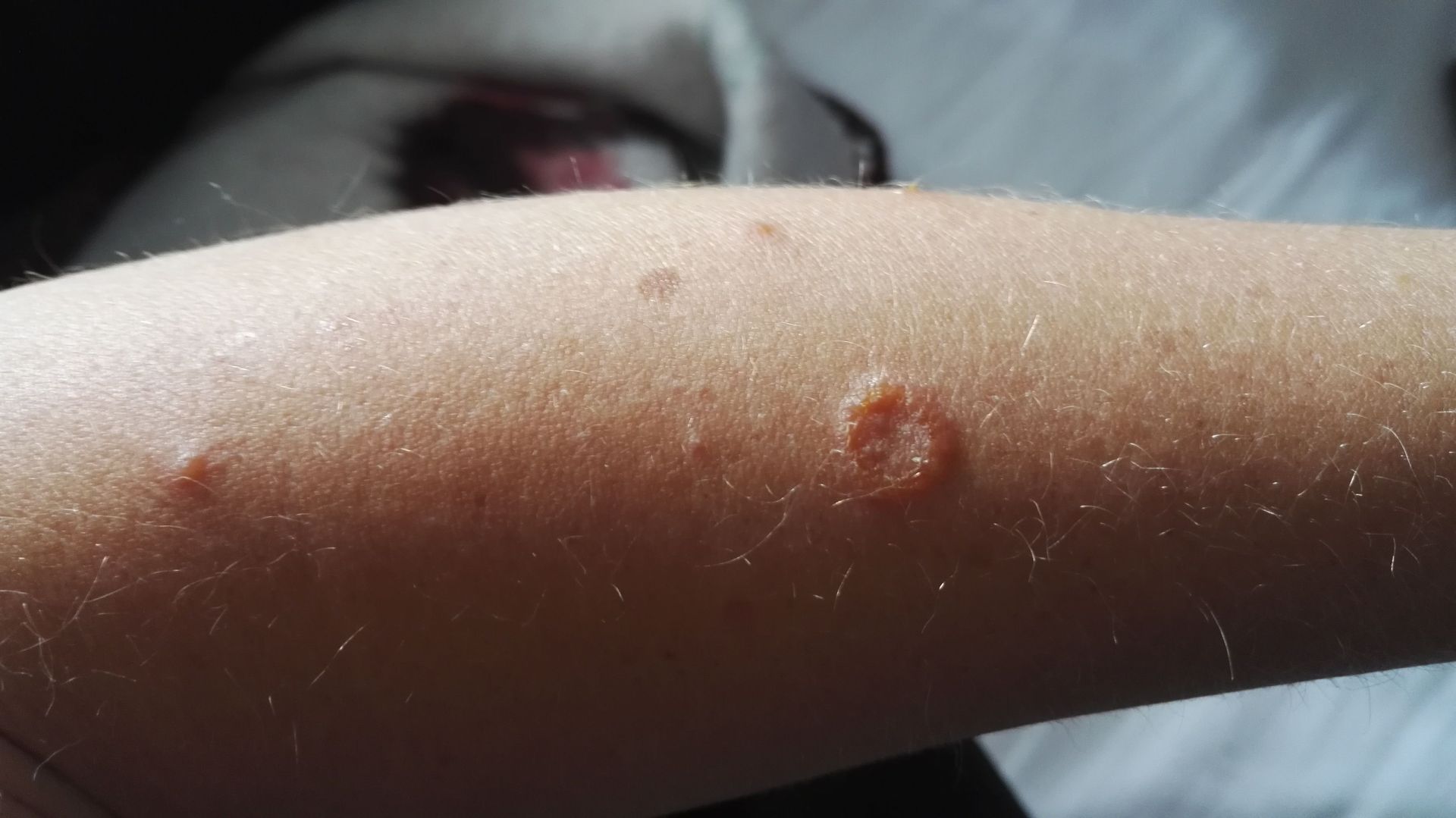
Now we continue by bus for 24 hours from Cusco to Lima. In the small TV in the bus, they're showing "The Baader Meinhof Complex", which is surreal and funny for us.
ንዜና ሳብስክራይብ ግበሩ
መልሲ

ጸብጻባት ጉዕዞ ፔሩ
